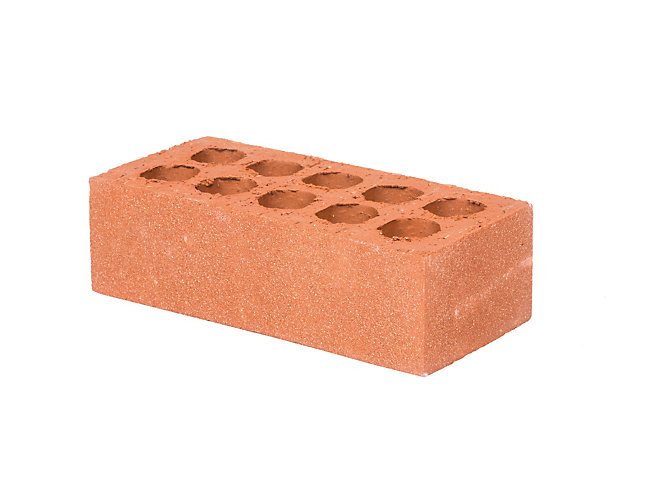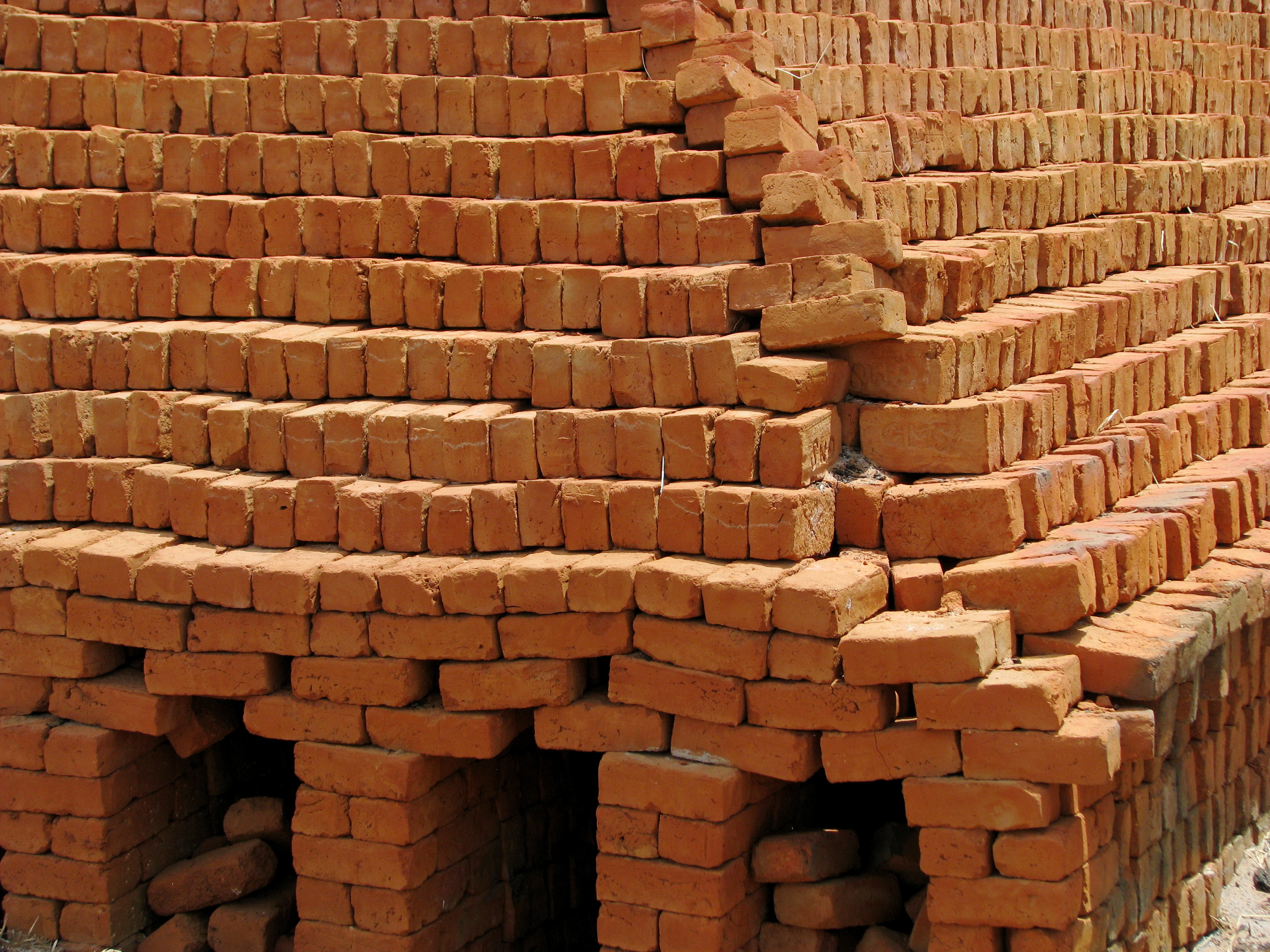
Brick strength refers to the compressive strength of its flat surface in kilograms per square centimeter or pounds per square inch. The compressive strength and water absorption of bricks depend on the melting time of the brick in the kiln and the heating given to it during the baking process. Compressive strength is a fundamental criterion when constructing load-bearing walls of multi-storey buildings. In other cases, its compressive strength is always greater than that required for normal construction work. Most American-made bricks have a compressive strength of 200 to 500 kg / cm2. Compressive strength of about 8% of bricks is less than low and resistance of 25% of bricks is more than high. Another factor that is effective in the appropriate and stable resistance of the brick over the years is climatic or climatic conditions. Frequent freezing and thawing of water inside brick cracks and porosity in the mortar, which is due to improper construction, can lead to the destruction of brick walls more than other factors. In addition to the method of execution, the choice of texture and role of the brick, the type of mortar and the way it is poured also play a role in the long-term durability of the brick wall.
The clay is removed from places near the factory and transported to the factory. There it is poured into the crusher and other chemicals are added if needed. The required amount of water is added to the past materials of the crusher to make them into a paste. The dough material is then directed to the compressor. Each piece of dough is guided to a wire saw, and cut into standard sizes by it. Due to the shrinkage of the clay during drying, the pieces of clay paste are cut slightly larger than the finished dimensions of the brick. The bricks are then placed one after the other in several layers on wheeled carts. Due to the high pressure and compaction of the clay paste as it leaves the pipe, the dough bricks have become so hard that they can support the weight of several more layers. The chariots are guided by rails to one of several drying rooms and kept at a moderate temperature for several days. In drying rooms, water is taken from the bricks and the bricks are dried, but in this case, they are still easily broken. After drying, the bricks are led into a kiln and baked at a very high temperature for 24 hours. Gas-fired stoves or hothouses are long and have doors at both ends. The chariots enter the kiln from one end and exit from the other. This process causes the raw brick to enter the kiln on one side and the baked brick to leave the kiln on the other side.
